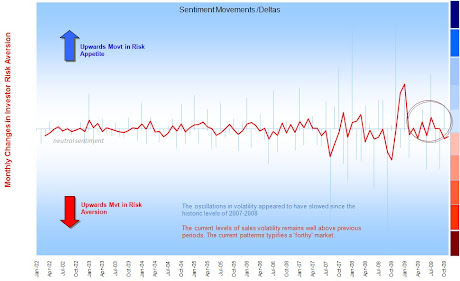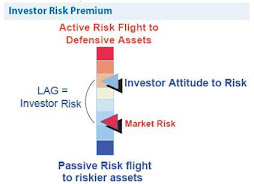What is it with Value at Risk analysis... People do seem to forget how distribution stats work and the simple fact they are 'confidence' models... when talking to friends and colleagues I like trying to flip the confidence around into betting odds.. 1 in 20, in 200 etc.. this seems to give folks a better understanding of the probable (the likely 90, 95% etc) and the less probable.
Confidence: I found it hilarious that folks mistook: '1 in 200 chance of x event over 1 year, as a '1 in 200 year event'.. this is a very schoolboy error; (one prevalent across actuarial circles). Game-theorists aside: the odds of 1 in 200 are the same in every year.. the size of that risk is also not known, it falls outside our confidence (i.e. we don't know). Some reported experiencing 1 in 200 year events for the last 3 years.. clearly that's not right?!
Downside and Diversification.. VaR is used mainly for 2 things: to gauge the likely 'downside' of an investment and as a way to budget that risk. The problem is that most VaR is based on historical returns BUT what the investor gets back rarely matches the marketed standard time period returns. Once folks thought they had found someone who could but he turned out to be running a Ponzi scheme..
Let's ignore forward VaR (ex-ante, stochastic models) as that treads into forecasting and I haven't the energy to talk about crystal balls for one night!
Getting back to setting out risk for the investor - most are advised to diversify, why? The schema of diversification, and how it's presented, is so wrapped-up in spin that it's debatable science. It's the investment houses that tell us to diversify, why, because their revenue models are based around long-term assets.. tactical investing is seen as an unstable force: (i.e. bad for annual management fees). Yes - short term herding can be quite destructive and Fidelity's Magellan study showed investors rarely profited but that's down to education and of course confidence: investment houses treat customer assets as their own, once allocated. It's for the adviser and the investor to remind them otherwise, set specific investment horizons and targets.
As someone who has worked both sides of the fence: I found that financial risk and investing does not lie inside VaR or any Math model for that matter.
"I can calculate the motion of heavenly bodies, but not the madness of people." Isaac NewtonThe investors who seem to win more than they lose don't appear to do anything complex. They seem to start by knowing they'll lose and play the long game. In short they rely on the illogic of others to do the work for them. They play the behavioural card.
"We simply attempt to be fearful when others are greedy and to be greedy only when others are fearful." "You only have to do a very few things right in your life so long as you don't do too many things wrong." Warren Buffett
"Bull markets are born in pessimism, grow on skepticism, mature on optimism, and die of euphoria."-- Sir John Templeton
"The market can stay irrational longer than you can stay solvent."-- John Maynard Keynes
Perhaps the lessons to be learned here is not invest by looking at performance-based risk at all but by stepping back and looking at other factors involved. I hope to pick up on some of these in my new paper 'Clown Thinking and the financial Media Circus'. JB



